
The 2025 event has concluded. Watch 2025 recorded sessions here and check back for 2026 updates!
Connect with developers and integrators
shaping the future of open geospatial technologies
Calling all open geospatial builders and innovators
Supercharge your apps and integrations with open geospatial technologies and standards for the built and natural environment—and beyond.
The 2025 Cesium Developer Conference features over 90 technically oriented, community-driven sessions curated across six tracks. Explore how open geospatial technologies support AECO, aerospace and defense, gaming and simulation, and other workflows. Hear from industry leaders about the latest trends, tools, and high-value applications in the ecosystem.
Discover session tracks
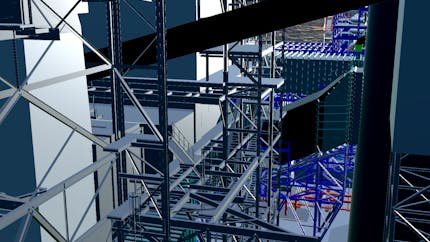
AEC and Digital Twins
Digital twin technologies are revolutionizing architecture, engineering, and construction (AEC) project delivery and asset performance. By enabling stakeholders to visualize and analyze projects within a geospatial context, these technologies improve collaboration, boost efficiency, maximize asset performance, and reduce costs. Learn from developers who create innovative solutions for smart planning, construction, and operations, making the infrastructure around us more resilient and reliable.
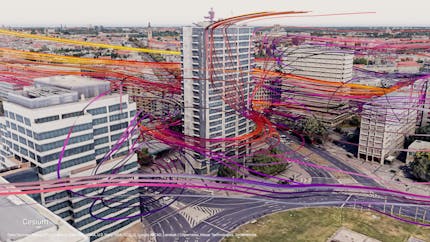
Climate and Disaster Resilience
The global scope of climate change and scale of natural disasters require better understanding and communicating impacts and solutions. Open geospatial technologies enable developers to create innovative approaches for new tools and workflows to help address issues that touch communities everywhere.
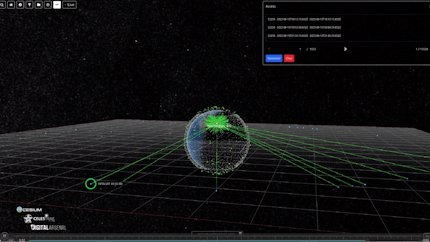
Aerospace and Defense
Open geospatial technology has become a critical tool in enabling the analysis of Earth, monitoring trade and agriculture, and transforming orbital space into an active commercial and operational environment. Learn from developers who are using 3D geospatial data, game engines, and new experiences to support users in the most challenging domains.
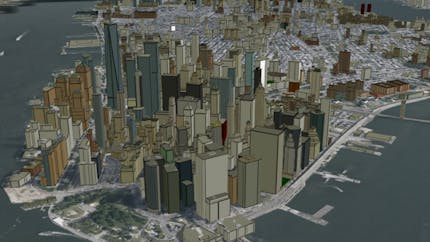
3D, AI, and Data Technology
Advances in 3D, AI, and data technologies have rendered geospatial an essential component of applications from social games to autonomy. Thanks to a huge community of developers, open geospatial enables XR experiences, spatially distributed connected systems, analysis of terabytes of Earth observation data, and more.
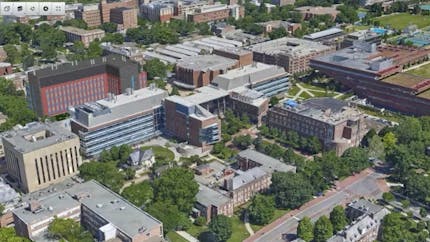
Market and Education
Delivering high-value experiences and solutions with open geospatial technologies requires an understanding of the trends and opportunities that create maximum impact for new applications, services, and data. For developers and technologists who want to go beyond the “what” and explore the “why,” this track offers a perspective on the market opportunities and impacts of the open geospatial industry.

Cesium, iTwin, and 3D Tiles
The teams working on open technologies such as Cesium, iTwin, and 3D Tiles dive into their latest work on topics requested by the community and enabling advances in performance and interoperability. Cesium- and iTwin-related open geospatial technologies are advancing rapidly and powering new applications from the sea floor and into space.
Featured speakers
Hear from leaders in 3D geospatial about how open technologies and data make a difference.
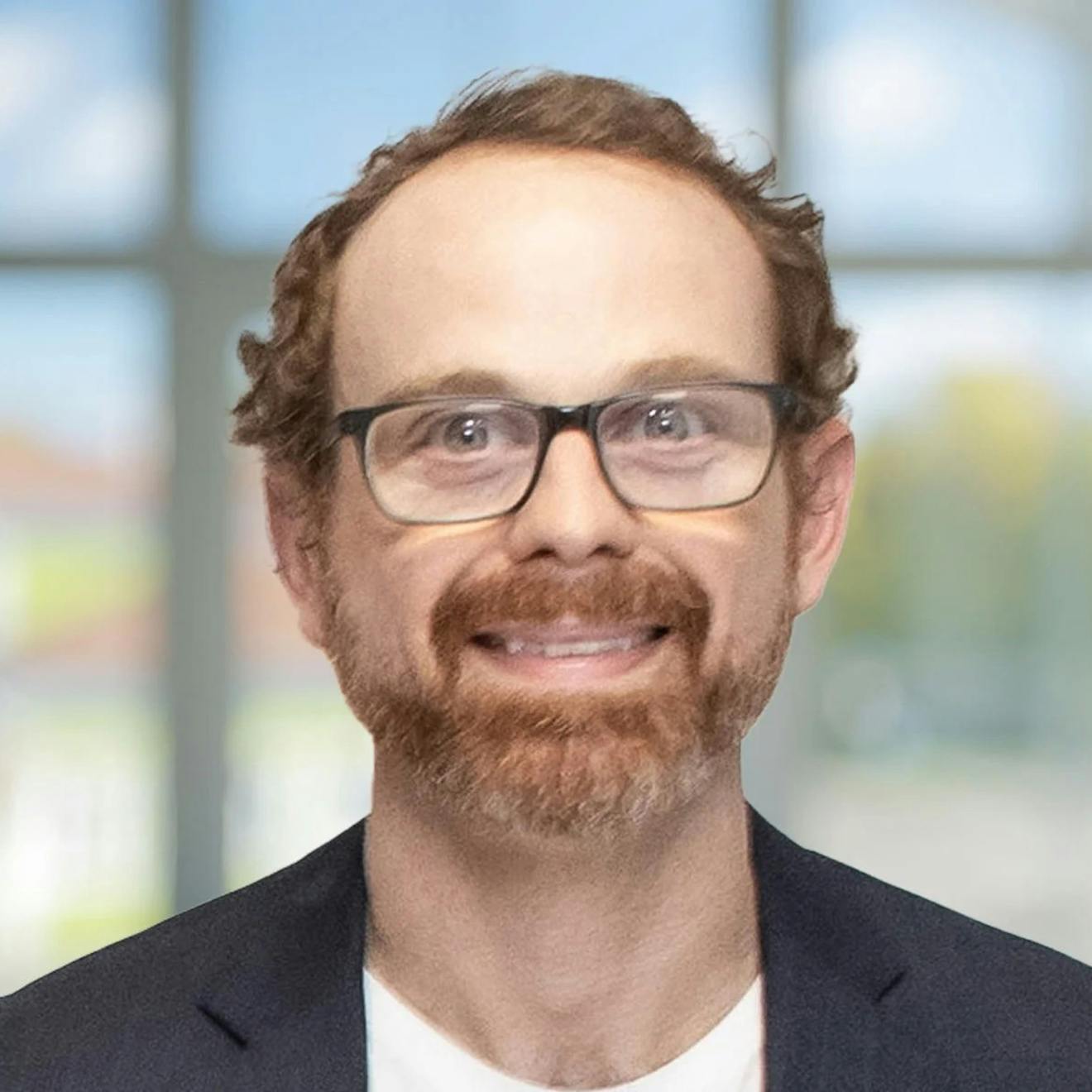
Patrick Cozzi
Founder, Cesium; Chief Platform Officer, Bentley Systems

Pete Kelsey
Owner, VCTO Labs
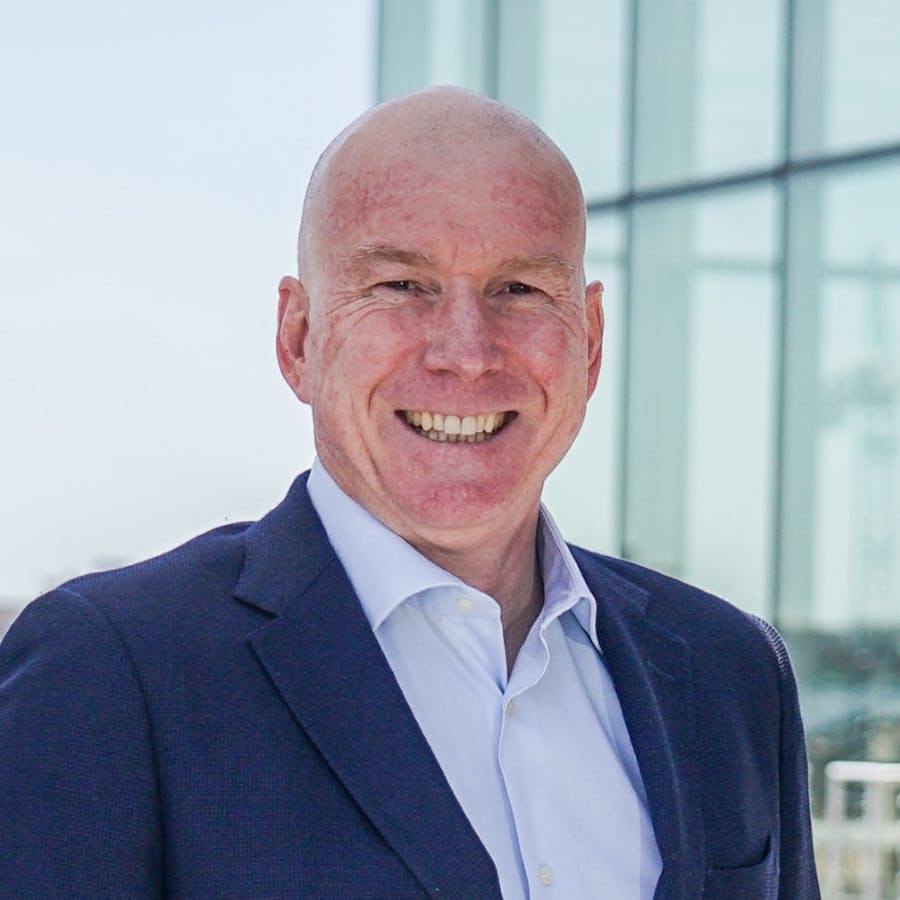
Peter Rabley
CEO, Open Geospatial Consortium
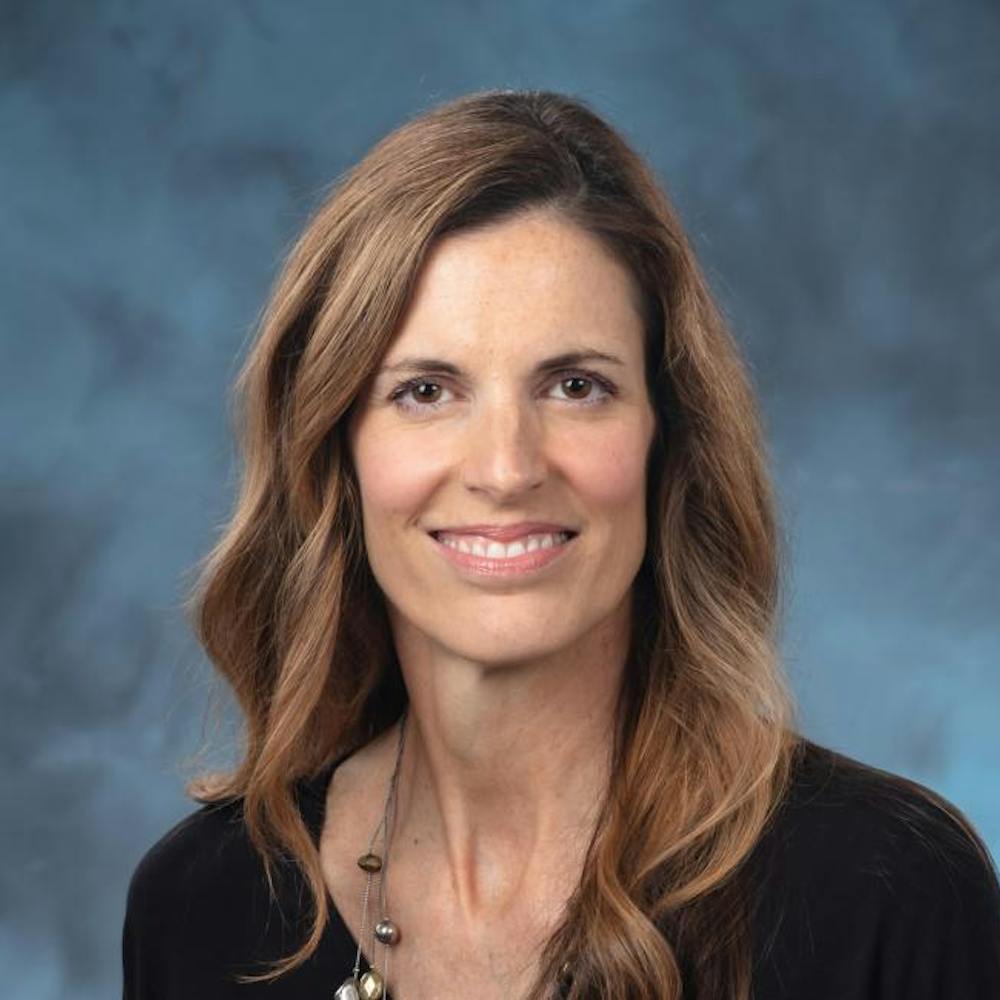
Amy Rose
CTO, Overture Maps Foundation
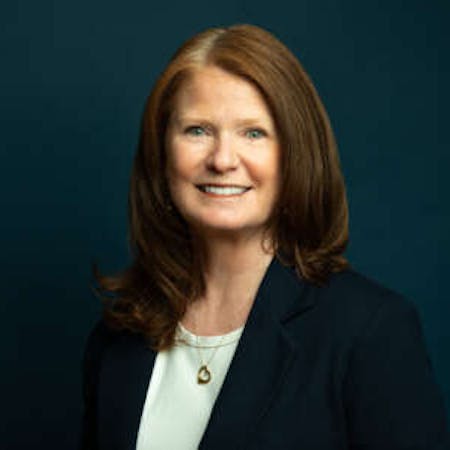
Ronda Schrenk
CEO, United States Geospatial Intelligence Foundation

Neil Trevett
President, Metaverse Standards Forum; VP, Developer Ecosystems, NVIDIA
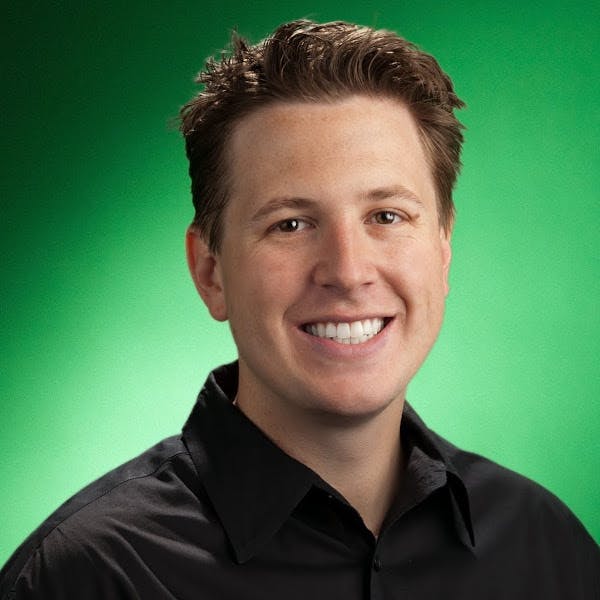
Sean Wohltman
Global Head of Cloud Geography, Google
Agenda at a glance
Monday, June 23
8–9 a.m. Registration
9 a.m.–4 p.m. Pre-conference workshop: Cesium Deep Dive (additional ticket required)
6 p.m.–9 p.m. Welcome reception for all attendees
Tuesday, June 24
7–8 a.m. Registration and breakfast
8–9 a.m. Opening keynote
9–9:20 a.m. Break
9:20–10:40 a.m. User breakout sessions
10:40–11 a.m. Break
11 a.m.–noon User breakout sessions
Noon–1:20 p.m. Lunch
1:20–3:05 p.m. User lightning talks
3:05–3:20 p.m. Break
3:20–4:20 p.m. Panel: Pragmatic Approach to Open Standards
4:30–5:30 p.m. Cesium Certified Developer reception (by invitation only)
Dinner on own
Wednesday, June 25
7–8 am: Registration and breakfast
8–9:20 a.m. Developers and the Open Geospatial Ecosystem
9:20–9:40 a.m. Break
9:40–11 a.m. User breakout sessions
11–11:20 a.m. Break
11:20 a.m.–12:20 p.m. User breakout sessions
12:20–1:40 p.m. Lunch
1:40–2:40 p.m. Fireside chat
2:40–3 p.m. Break
3–4:40 p.m. Data Powers Open Geospatial Experiences
6–9 p.m. Closing party at The Franklin Institute for all attendees
Pricing
Students: We have a limited number of discounted registrations available. Reach out to hello@cesium.com.
US government employees: no cost for registration. Email hello@cesium.com for your code.
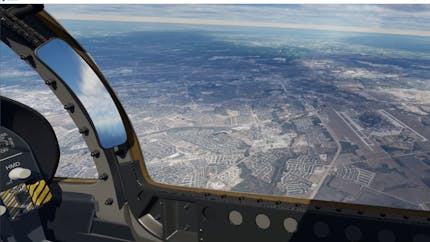
$550
Conference
From game developers to digital twin integrators, the conference welcomes anyone who engages with the open community.
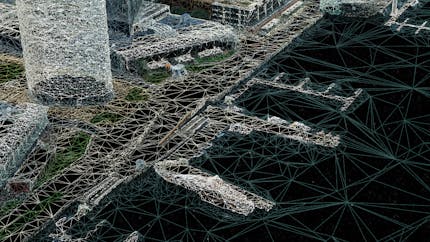
$100
Pre-conference workshop
Limited to 50 attendees, this training is for developers who want to bring 3D geospatial context to their workflow.
Attendees will build foundational skills that help them on the path toward future qualification as Cesium Certified Developers.
Workshop is sold out. A waitlist is now open.



